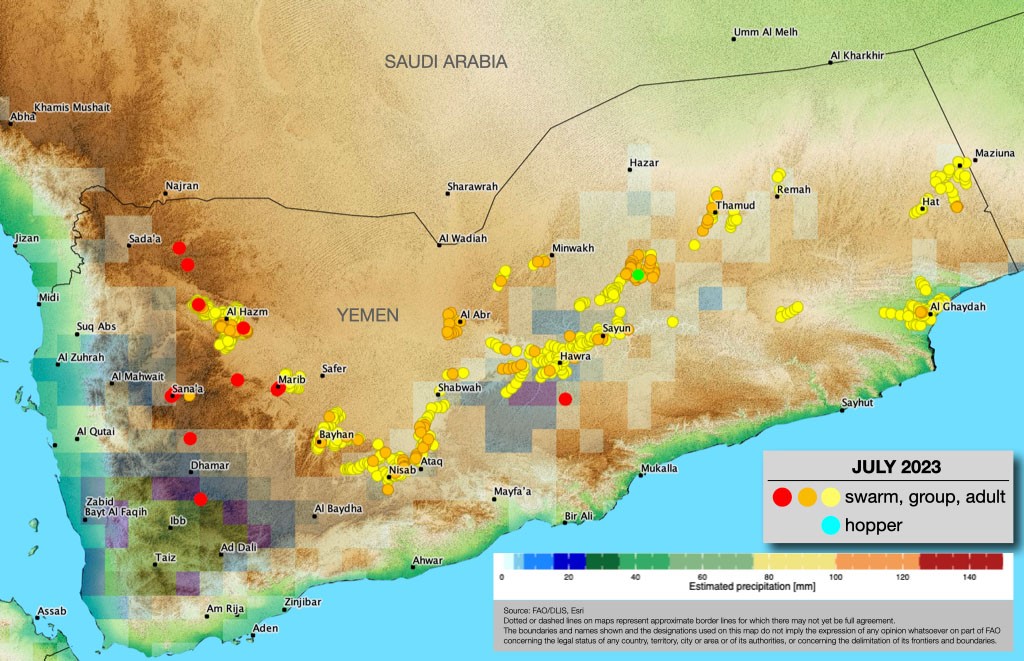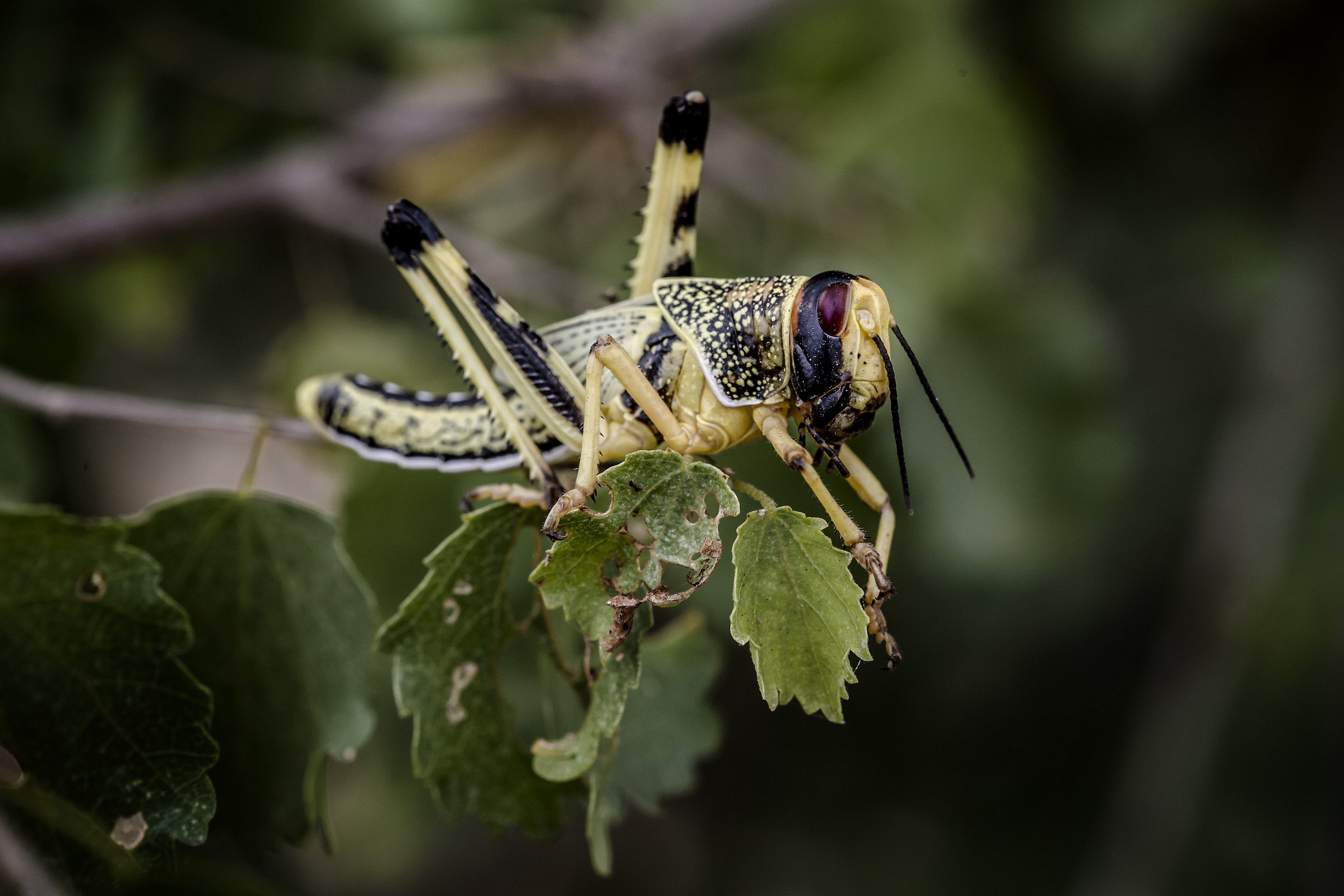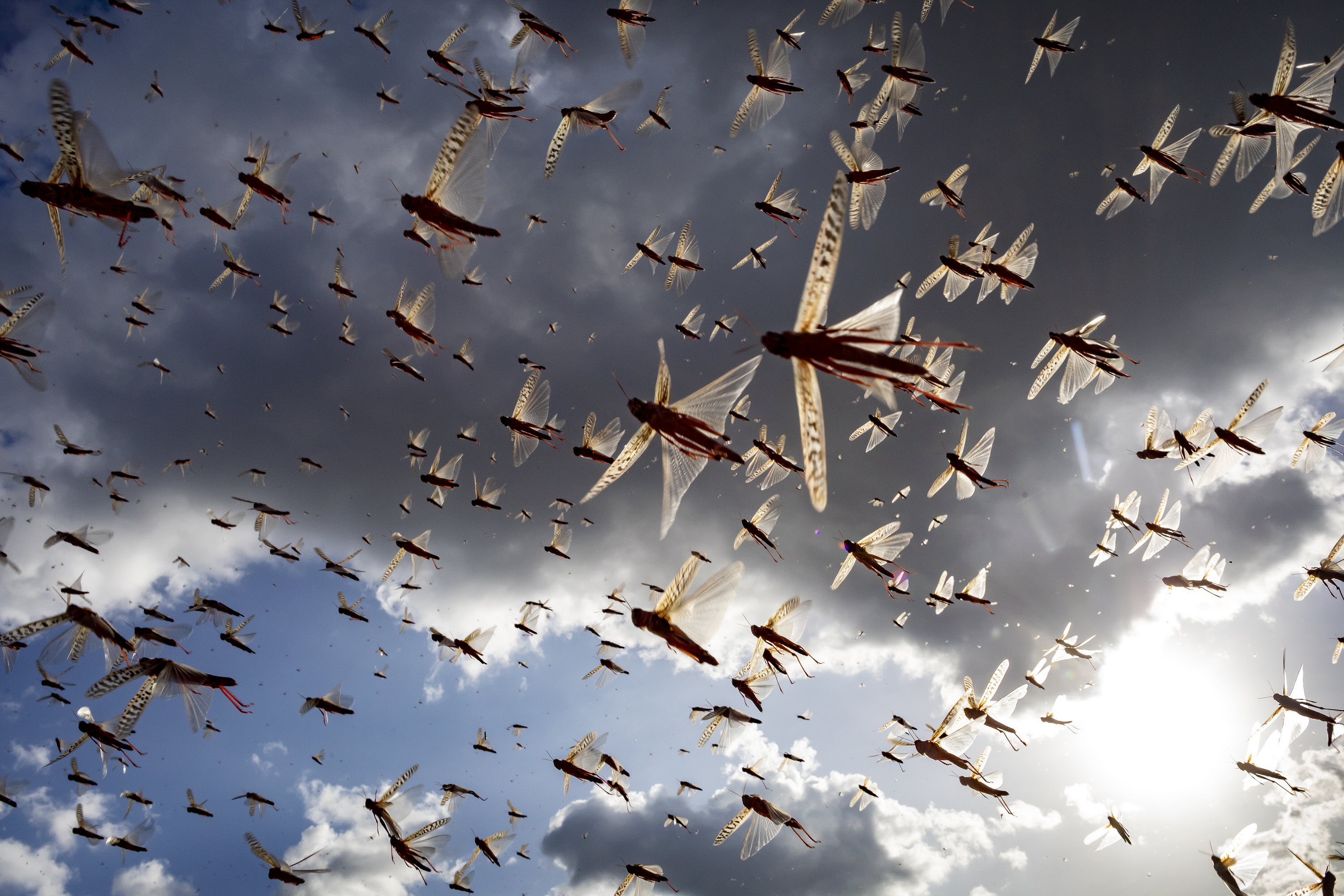2 August 2023: Locust in Yemen

Key Points
- Current situation: mainly adult groups and control in Yemen, Sudan, Eritrea; low numbers of adults in Algeria, Mauritania, Niger, Egypt, Ethiopia, Somalia, Oman, Pakistan, India.
- August–October: above normal rains in summer breeding areas for small-scale breeding in northern Sahel (Mauritania to western Eritrea); below normal in Yemen and Indo-Pakistan.
- August: one generation of summer breeding with low numbers of hatching and hoppers; perhaps a few small groups/swarms in northern Ethiopia in early August.
- September: scattered hoppers and fledgling (after mid-month)
The Desert Locust situation was mainly calm during July
As a result of the end of spring breeding and control in Saudi Arabia, small groups and swarms arrived in northern Yemen and moved throughout the interior of the country where there was control. Hoppers and adult groups were treated in the Nile Valley of Sudan and on the Red Sea coast of Eritrea where some moved into the highland. Adults were seen in northeast Ethiopia, northwest Somalia, and southern parts of Oman and Egypt.
In the western region, adults were seen in the northern Sahel of Mauritania where the first summer generation of hoppers appeared during the second half of the month. A few adults were present in Niger. Spring control operations finished in Morocco and only a few adults were seen in Algeria.
The southwest monsoon arrived in Indo-Pakistan and a few adults were present.
During the forecast, good rain should occur in the northern Sahel from Mauritania to western Eritrea where small breeding will take place with scattered hoppers during August and September followed by fledging after mid-September. During early August, perhaps a few small groups or swarms in northern Ethiopia. According to model forecasts, only a little rain may occur in the summer breeding areas of Yemen and Indo-Pakistan.



